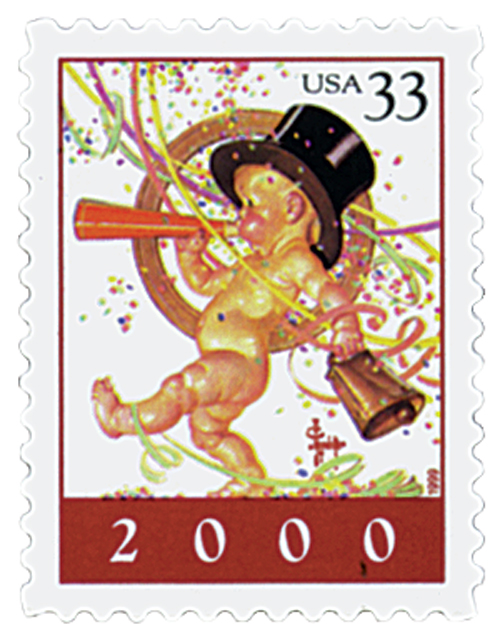
# 3355m - Millennium Special Event Cover Madonna
Special Event Cover Chronicles End of 20th Century
Produced by Mystic, this exclusive Special Event Cover features the 1999 Madonna and Child stamp with neat photomosaic cachet. The stamp is tied to the cover with "12-31-1999" cancel from New Year's Eve Station in Washington, D.C. A neat piece of history to add to your collection. Order yours today.
Happy New Year’s Eve!
The history of New York’s New Year’s Eve celebration is closely tied to newspaper publisher Adolph Ochs and the New York Times. For over a century, New Yorkers and visitors have rung in the New Year together at the New York Times Building.
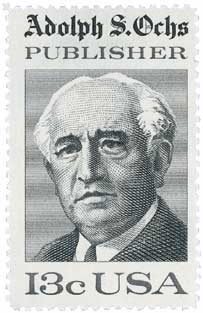
Prior to 1903, traditional New Year’s Eve celebrations in New York City took place at Trinity Church. After the Pabst Hotel was closed and demolished, the New York Times Building was constructed in its place. To help promote the paper and its new building, Adolph Ochs decided to host a special event there on New Year’s Eve 1903. That night he lit off fireworks from atop the building’s roof. Some 200,000 people came out for the event, prompting Ochs to continue the celebration in the coming years.
Then in 1907, Ochs decided that he wanted to put on an even bigger show to bring even more attention to the building. In response, the newspaper’s chief electrician suggested they drop a time ball, similar to one he’d seen at the Western Union Building. Ochs enlisted sign designed Artkraft Strauss to create the ball. Made of iron and wood, it was lit with 100 incandescent bulbs, weighed 700 pounds, and was five feet in diameter.
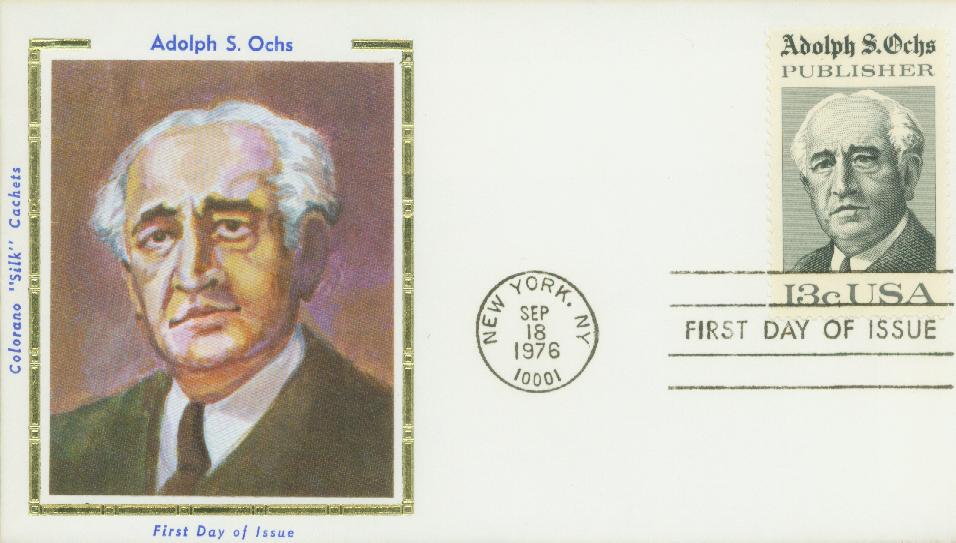
It took a team of six men to raise the ball by rope to the top of the building’s flagpole. Once the ball dropped, it connected to a circuit that lit a five-foot tall sign for the New Year and set off the fireworks show.
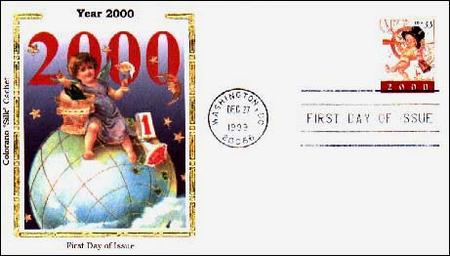
In 1913, the New York Times moved its headquarters, but they still owned the tower and oversaw the New Year’s Eve celebrations. The original ball was replaced in 1920 with one that was the same diameter, but only weighed 400 pounds. New Year’s Eve celebrations continued until 1942. That year and the next the celebrations were scaled back because of wartime lighting restrictions. Instead, they observed a moment of silence followed by church bells and chimes.
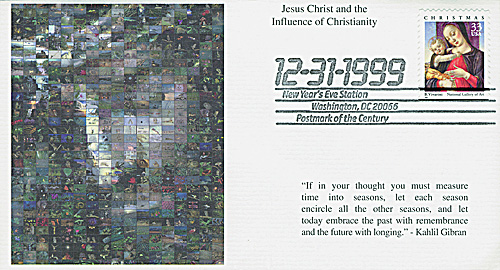
A third ball was introduced in 1955. The same size as the others, this one was made of aluminum and only weighed 150 pounds. That ball remained in use until 1981. That year the ball was fitted with red and green lights (to resemble an apple) as part of the I Love New York campaign. The ball was changed again 1991, to red, white, and blue, in honor of the troops involved in Operation Desert Shield. The third ball was changed again in 1996, when it was fitted with a computerized lighting system, 180 halogen bulbs, 144 strobe lights, and more than 12,000 rhinestones.
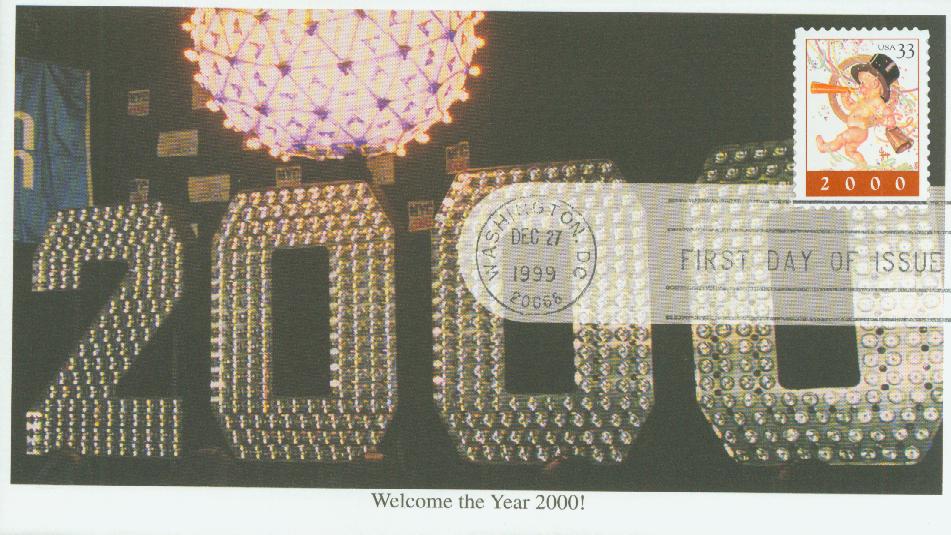
A fourth ball was introduced for the 1999 festivities, to welcome the new millennium. This one was six feet in diameter, 1,070 pounds, had 600 halogen lights, 504 triangle-shaped crystal panels, 96 strobe lights, plus spinning mirrors. A new ball was created for 2007, to mark the 100th anniversary of the ball-dropping celebrations. The ball created for that year was six feet in diameter, weight 1,212 pounds, and used LED lights that were computer programed to produce millions of different colors. That ball was only used that year and new one was introduced in 2009. Still in use today, that ball is 12 feet in diameter, has 2,688 crystal panels, and weighs 11,875 pounds.
Click here to view photos from past New Year’s Eve celebrations.
Special Event Cover Chronicles End of 20th Century
Produced by Mystic, this exclusive Special Event Cover features the 1999 Madonna and Child stamp with neat photomosaic cachet. The stamp is tied to the cover with "12-31-1999" cancel from New Year's Eve Station in Washington, D.C. A neat piece of history to add to your collection. Order yours today.
Happy New Year’s Eve!
The history of New York’s New Year’s Eve celebration is closely tied to newspaper publisher Adolph Ochs and the New York Times. For over a century, New Yorkers and visitors have rung in the New Year together at the New York Times Building.

Prior to 1903, traditional New Year’s Eve celebrations in New York City took place at Trinity Church. After the Pabst Hotel was closed and demolished, the New York Times Building was constructed in its place. To help promote the paper and its new building, Adolph Ochs decided to host a special event there on New Year’s Eve 1903. That night he lit off fireworks from atop the building’s roof. Some 200,000 people came out for the event, prompting Ochs to continue the celebration in the coming years.
Then in 1907, Ochs decided that he wanted to put on an even bigger show to bring even more attention to the building. In response, the newspaper’s chief electrician suggested they drop a time ball, similar to one he’d seen at the Western Union Building. Ochs enlisted sign designed Artkraft Strauss to create the ball. Made of iron and wood, it was lit with 100 incandescent bulbs, weighed 700 pounds, and was five feet in diameter.

It took a team of six men to raise the ball by rope to the top of the building’s flagpole. Once the ball dropped, it connected to a circuit that lit a five-foot tall sign for the New Year and set off the fireworks show.

In 1913, the New York Times moved its headquarters, but they still owned the tower and oversaw the New Year’s Eve celebrations. The original ball was replaced in 1920 with one that was the same diameter, but only weighed 400 pounds. New Year’s Eve celebrations continued until 1942. That year and the next the celebrations were scaled back because of wartime lighting restrictions. Instead, they observed a moment of silence followed by church bells and chimes.

A third ball was introduced in 1955. The same size as the others, this one was made of aluminum and only weighed 150 pounds. That ball remained in use until 1981. That year the ball was fitted with red and green lights (to resemble an apple) as part of the I Love New York campaign. The ball was changed again 1991, to red, white, and blue, in honor of the troops involved in Operation Desert Shield. The third ball was changed again in 1996, when it was fitted with a computerized lighting system, 180 halogen bulbs, 144 strobe lights, and more than 12,000 rhinestones.

A fourth ball was introduced for the 1999 festivities, to welcome the new millennium. This one was six feet in diameter, 1,070 pounds, had 600 halogen lights, 504 triangle-shaped crystal panels, 96 strobe lights, plus spinning mirrors. A new ball was created for 2007, to mark the 100th anniversary of the ball-dropping celebrations. The ball created for that year was six feet in diameter, weight 1,212 pounds, and used LED lights that were computer programed to produce millions of different colors. That ball was only used that year and new one was introduced in 2009. Still in use today, that ball is 12 feet in diameter, has 2,688 crystal panels, and weighs 11,875 pounds.
Click here to view photos from past New Year’s Eve celebrations.




